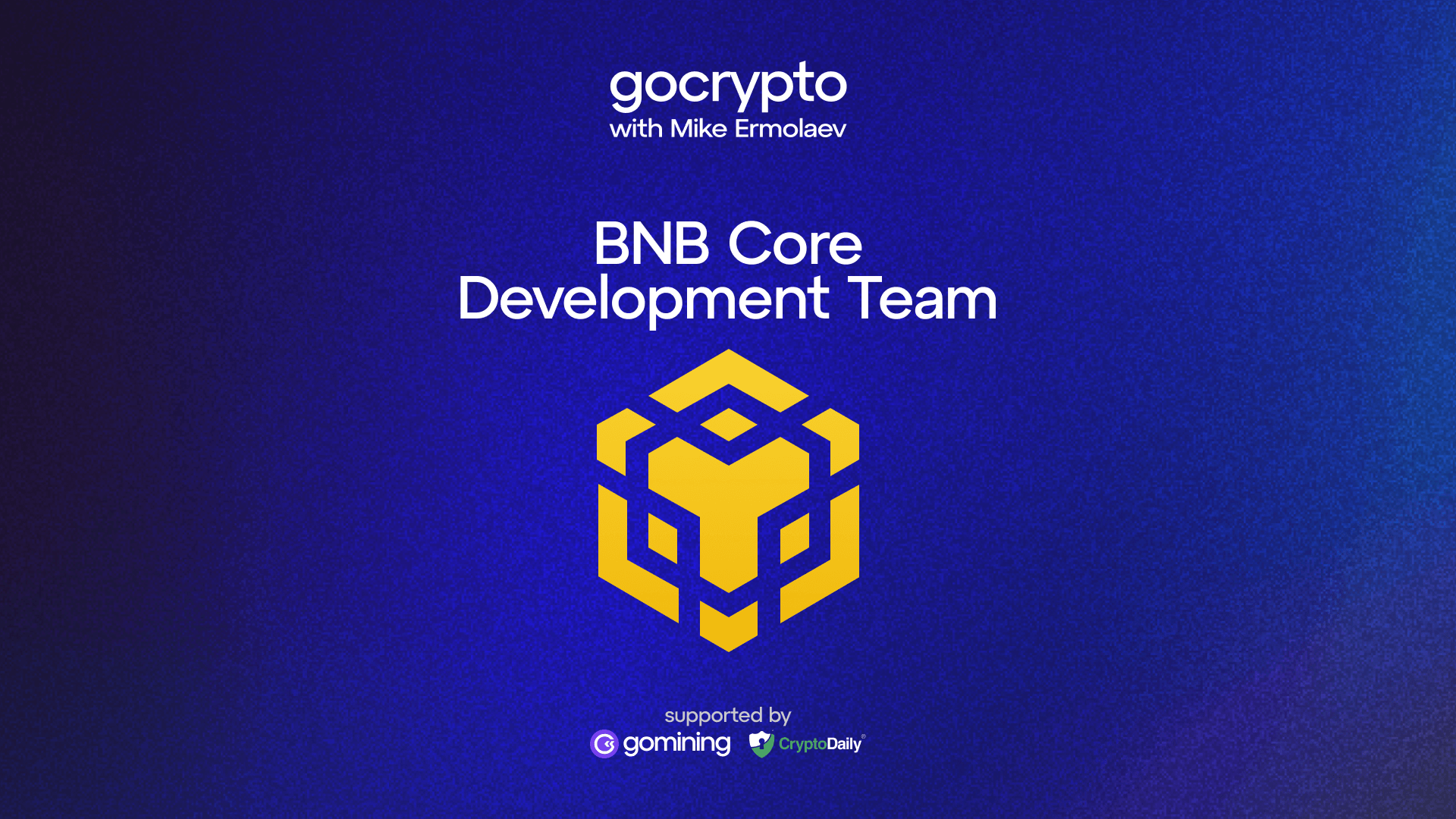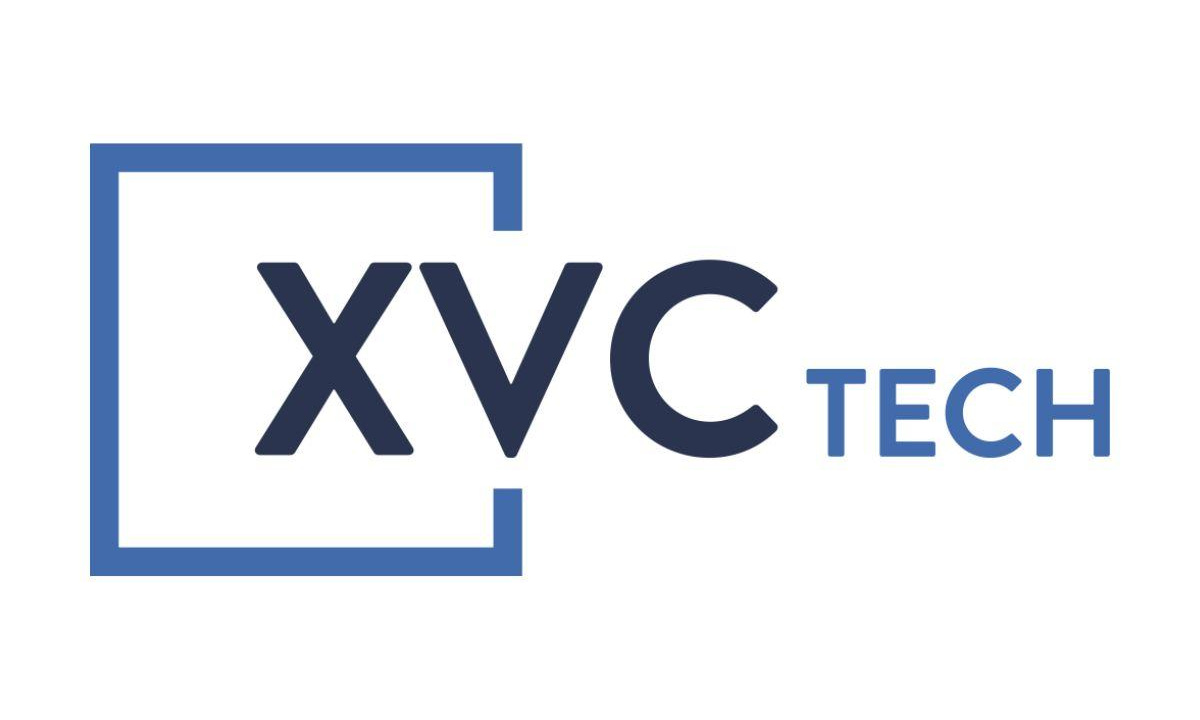Reports came out today (January 9th) that thirteen financial organisations have begun to use the Ripple blockchain, through RippleNet, to increase the total number of banks in the Ripple ecosystem to 200.
Fintech applications and financial institutions such as SendFriend, JNFX and Euro Exim Bank have integrated RippleNet for liquidity and instant settlement of payments which allegedly results with low-cost alternatives, traditional settlement systems such as SWIFT and faster transactions.
Criticism aimed at Ripple
The CEO of Ripple, Brad Garlinghouse said in an official announcement that 100 financial institutions joined RippleNet last year and that the blockchain network is looking for a 350 percent increase in live payments. After having a good year in 2018, Garlinghouse disclosed that RippleNet is signing two to three customers on a weekly basis, mostly composed of financial institutions that have a need to settle the cross-border payments efficiently.
According to CCN, one of the leads for emerging markets JNFX, Ashay Mervyn, for instance, said that RippleNet is highly cost-effective when processing payments for international clients.
In addition to this, Mervyn said:
“Payments between countries are beset with inefficiencies—inefficiencies around cost, inefficiencies around speed and inefficiencies around transparency. RippleNet is specifically geared to address these problems. For our customers who range from the largest conglomerates in Africa (with operations and commitments in over 40 countries) to individuals in villages in rural Nigeria, our decision to join RippleNet and utilize their payment solution—including XRP for on-demand liquidity—just makes sense.”
In another statement, Garlinghouse noted that critics of Ripple claimed XRP will not be utilised by banks for the foreseeable future. Despite this, the CEO explained that Ripple is seeing an increase in demand for RippleNet, especially for cross-border and worldwide payments. “Last year some notable critics said financial institutions would never use a digital asset in their payment flows. As I said then, if it offers their customers a better experience at a lower cost, they will – and they are.”
At the moment though, Ripple is looking to enter the $2 trillion global payments market which is dominated by SWIFT currently.
In the short term, it is unlikely for large banks and financial organisations to utterly switch to RippleNet and the liquidity solutions for Ripple due to big institutions controlling the SWIFT network.
What are your thoughts? Let us know what you think down below in the comments!
Investment Disclaimer








